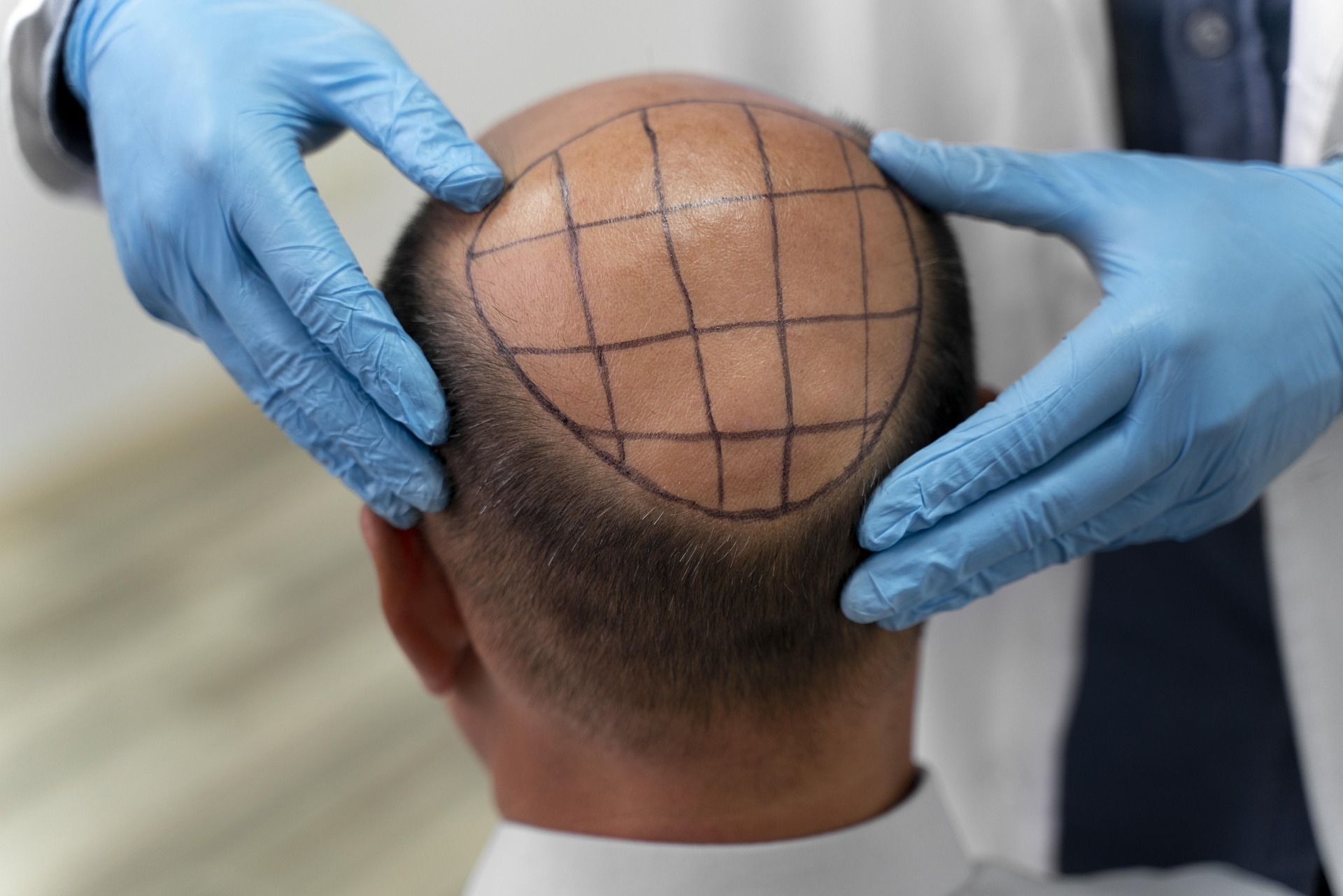Hair Transplant Guide: Restore Your Natural Hairline
Struggling with thinning hair? This in-depth guide explains modern hair transplant options—including FUE and FUT—who benefits most, the surgical steps, recovery timeline, and cost factors. Learn how to choose a qualified clinic and what to expect from hair restoration to make a confident, informed decision.

Hair Transplant Guide: Restore Your Natural Hairline
Hair loss can affect how you look and feel, but modern surgical techniques make it possible to rebuild a natural hairline and long-lasting density. This guide breaks down the most common transplant methods, explains who typically benefits, outlines the surgical process and recovery, reviews costs, and offers practical advice for choosing a reputable clinic.
Common techniques: FUE and FUT
Two widely used techniques harvest donor follicles in different ways. Follicular Unit Extraction (FUE) involves removing individual follicular units from the donor zone using a tiny punch tool. Because grafts are taken one at a time, FUE leaves small circular marks that are usually discreet and can be hard to see once hair grows back.
Follicular Unit Transplantation (FUT), often called the strip method, entails excising a narrow strip of scalp from the back of the head and dissecting it into individual follicular units for implantation. FUT produces a linear scar that can typically be hidden beneath surrounding hair. Both approaches can achieve natural-looking outcomes when performed by experienced teams; the decision between them depends on hair characteristics, the number of grafts required, tolerance for scarring, and personal preferences.
Benefits of hair transplantation
Hair transplant surgery offers several advantages over temporary or cosmetic fixes:
- Natural results: When grafts are placed with attention to natural groupings, angle, and density, the hairline and texture appear authentic.
- Durability: Donor follicles are usually taken from areas resistant to genetic hair loss, so transplanted hair often continues to grow for many years.
- Improved confidence: Restoring hair can have a meaningful impact on self-image and emotional well-being.
- Low ongoing maintenance: Once transplanted hair establishes, it is maintained like natural hair without special products.
- Versatility: Procedures can address male- and female-pattern hair loss, localized thinning, eyebrow reconstruction, and areas of hair loss from scars or injury.
Who makes a good candidate?
Not every person with hair loss is an ideal candidate. Surgeons typically look for:
- Adequate donor hair: Sufficient healthy follicles on the back and sides of the scalp are essential.
- Good general health: Stable medical conditions and healthy skin support safer surgery and better healing.
- Realistic expectations: Understanding the limits of surgery is key to satisfaction.
- Stabilized or managed hair loss: Predictable patterns of loss make long-term planning easier.
- Age considerations: Many clinics prefer to evaluate candidates older than 25, since younger people may continue to lose hair; exceptions are made after individual assessment.
During a consultation, a specialist will assess donor density, scalp laxity, hair texture, and medical history to recommend the most appropriate plan.
What to expect during the procedure
Typical stages of a transplant include:
- Pre-op consultation: The surgeon evaluates your scalp, discusses goals, and estimates graft numbers and probable outcomes.
- Preparation: The donor and recipient areas are cleaned and prepared; some trimming of donor hair may be necessary.
- Harvesting: Depending on the chosen method, follicles are removed via FUE punches or a strip excision in FUT. Local anesthesia minimizes discomfort.
- Recipient-site creation: Tiny incisions are made with attention to growth angle and spacing to recreate a natural pattern.
- Implantation: Individual follicular units are placed into the prepared sites.
- Post-op instructions: You’ll receive guidance on wound care, medications, activity limits, and follow-up visits.
Most procedures are outpatient and last several hours. Short-term recovery (swelling, scabbing, mild discomfort) usually improves within a week, while visible regrowth appears over months and final results typically stabilize around 9–12 months.
Costs and what affects pricing
| Procedure Type | Average Cost Range | Factors Affecting Cost |
|---|---|---|
| FUE (Follicular Unit Extraction) | $4,000 - $15,000 | Number of grafts, surgeon experience, geographic location |
| FUT (Follicular Unit Transplantation) | $4,000 - $10,000 | Size of strip, number of grafts, location |
| Eyebrow Transplant | $3,000 - $6,000 | Complexity, surgeon expertise |
Cost estimates vary widely depending on treatment extent, the surgeon’s reputation and skill, clinic location, and market factors. Additional expenses may include medications, follow-up appointments, and optional adjunctive therapies such as PRP.
Cost disclaimer: Prices are approximate and subject to change. Verify current fees and any additional charges directly with clinics before making financial decisions.
How to choose a clinic and surgeon
Selecting a qualified, experienced provider is essential for safety and aesthetics. Consider these points when researching clinics:
- Credentials: Confirm board certification and specific experience in hair restoration.
- Before-and-after photos: Look for documented results from patients with similar hair types and loss patterns.
- Techniques and equipment: Ensure the clinic uses up-to-date methods and proper tools.
- Patient reviews and testimonials: Read independent feedback on patient experiences and outcomes.
- Quality of consultation: A trustworthy clinic provides a detailed, transparent assessment rather than a quick sales pitch.
- Aftercare: Adequate postoperative support and clear recovery instructions are important for optimal results.
Recovery and long-term care
Expect some swelling, scabs, and transient soreness during the first week. Follow your surgeon’s aftercare plan for washing, activity restrictions, and prescribed medications. It’s common for transplanted hair to shed before new growth begins; most patients notice steady improvement over several months with final appearance settling by 9–12 months. Routine check-ins let your provider monitor healing and address any concerns.
This article is for informational purposes only and should not be considered medical advice. Please consult a qualified healthcare professional for personalized guidance and treatment.






